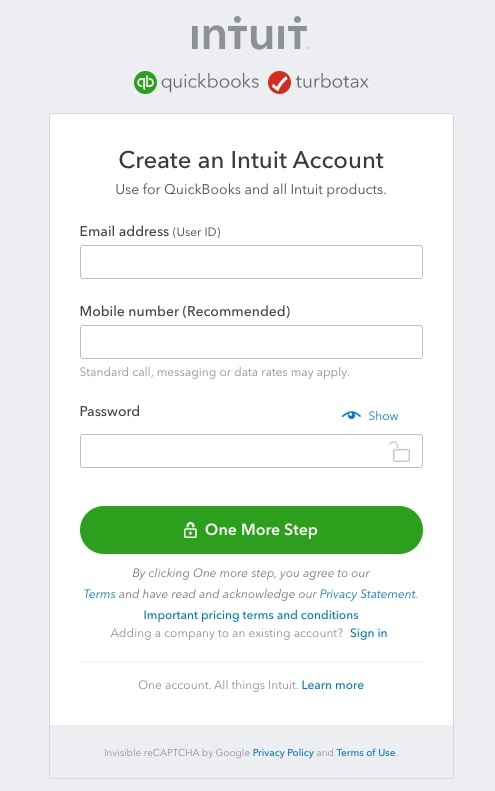- UK QuickBooks Community
- :
- QuickBooks Q & A
- :
- Reports and Accounting
- :
- Recording a Rental Deposit
- Mark Topic as New
- Mark Topic as Read
- Float this Topic for Current User
- Bookmark
- Subscribe
- Printer Friendly Page
- Mark as New
- Bookmark
- Subscribe
- Highlight
- Report Inappropriate Content
Recording a Rental Deposit
I'm trying to accurately record a recurring deposit made on rented vehicles. Each week, the rental company charges a set amount, and then in the middle of the week, refunds the different between that set amount and the actual charges. Right now, I log it all as the same Expense but I don't think that's correct. Should I be recording the deposit (fixed weekly recurring amount that is partially refunded) as an Asset instead, or am I just doing this all wrong? Thanks in advance!
Solved! Go to Solution.
Labels:
0 Cheers
Best answer January 18, 2023
Solved
Accepted Solutions
- Mark as New
- Bookmark
- Subscribe
- Highlight
- Report Inappropriate Content
Recording a Rental Deposit
Hi @Maybelle_S - I think you're looking at this the wrong way round.
@queenslegacy is the customer in this case - the payments are taken from him by the rental company.
Although it's a peculiar way of doing things, the weekly charges are simply Payments on Account - recording as an Asset will work I guess (& will be pretty easy to keep track of if that's how you prefer to do it) but it's a bit convoluted.
The weekly charges (taken by Direct Debit I assume) should be entered as Cheques in QBD/QBO - payment from Current Account to Accounts Payable with the Supplier Name. VAT Code = NoVAT.
If the charges are taken by Credit Card Recurring Charge you can do the same as an Expense.
This will match the charges to the Supplier's register in QBD/QBO.
The refunds should be entered as Bank Deposits (or Credit Card Credits if applicable).
The Bills from the Supplier entered as Bills.
Use Bill Payments in QBO to match the Bill to a Charge & Refund.
Hope this helps.
0 Cheers
2 REPLIES 2
- Mark as New
- Bookmark
- Subscribe
- Highlight
- Report Inappropriate Content
Recording a Rental Deposit
Hello there, @queenslegacy.
Do you consider the rental deposits as income for your company? If so, we can use the income account when recording the deposits.
Here's how:
- Go to the Banking menu.
- Select Make Deposits.
- Choose the account from the Deposit To drop-down arrow.
- Select the income account under From Account column, then enter the amount.
- Hit Save & Close.

Also, we can add the charges when creating the deposits as a negative amount. However, if you want to separate it, we can use Expense or Check. I'll guide you on how.
- Go to the Banking menu.
- Select Write Checks.
- Choose the account from the Bank Account drop-down arrow.
- Select a payee in the PAY TO THE ORDER OF field.
- Filter the DATE and CHECK NO.
- Go to the Expense tab, select the account, and enter the amount.
- Hit Save and Close.
I'd also suggest seeking assistance from your accountant. This way, they can help you choose the correct posting account.
You can check this article about the money moving in and out of your business and bank account: Track your cash flow in QuickBooks Desktop.
Let me know if you need any further assistance recording deposits in QuickBooks. The Community is always here to help. Take care.
0 Cheers
- Mark as New
- Bookmark
- Subscribe
- Highlight
- Report Inappropriate Content
Recording a Rental Deposit
Hi @Maybelle_S - I think you're looking at this the wrong way round.
@queenslegacy is the customer in this case - the payments are taken from him by the rental company.
Although it's a peculiar way of doing things, the weekly charges are simply Payments on Account - recording as an Asset will work I guess (& will be pretty easy to keep track of if that's how you prefer to do it) but it's a bit convoluted.
The weekly charges (taken by Direct Debit I assume) should be entered as Cheques in QBD/QBO - payment from Current Account to Accounts Payable with the Supplier Name. VAT Code = NoVAT.
If the charges are taken by Credit Card Recurring Charge you can do the same as an Expense.
This will match the charges to the Supplier's register in QBD/QBO.
The refunds should be entered as Bank Deposits (or Credit Card Credits if applicable).
The Bills from the Supplier entered as Bills.
Use Bill Payments in QBO to match the Bill to a Charge & Refund.
Hope this helps.
0 Cheers
Recommendations
Featured

Ready to get started with QuickBooks Online? This walkthrough guides you
th...



